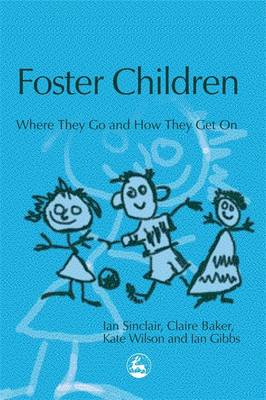
- Retrait gratuit dans votre magasin Club
- 7.000.000 titres dans notre catalogue
- Payer en toute sécurité
- Toujours un magasin près de chez vous
- Retrait gratuit dans votre magasin Club
- 7.000.0000 titres dans notre catalogue
- Payer en toute sécurité
- Toujours un magasin près de chez vous
Foster Children
Where They Go and How They Get On
Ian Sinclair, Ian Gibbs, Kate Wilson, Claire Baker
Livre broché
39,45 €
+ 78 points
Description
This book analyses the outcomes of a large-scale study of foster children in the UK. It includes individual case studies and draws extensively on the views of foster children themselves. The book provides a wealth of findings, many of them new and challenging and offers positive and practical recommendations.
Spécifications
Parties prenantes
- Auteur(s) :
- Editeur:
Contenu
- Nombre de pages :
- 288
Caractéristiques
- EAN:
- 9781843102786
- Date de parution :
- 15-05-05
- Format:
- Livre broché
- Dimensions :
- 158 mm x 232 mm
- Poids :
- 442 g

Les avis
Nous publions uniquement les avis qui respectent les conditions requises. Consultez nos conditions pour les avis.






